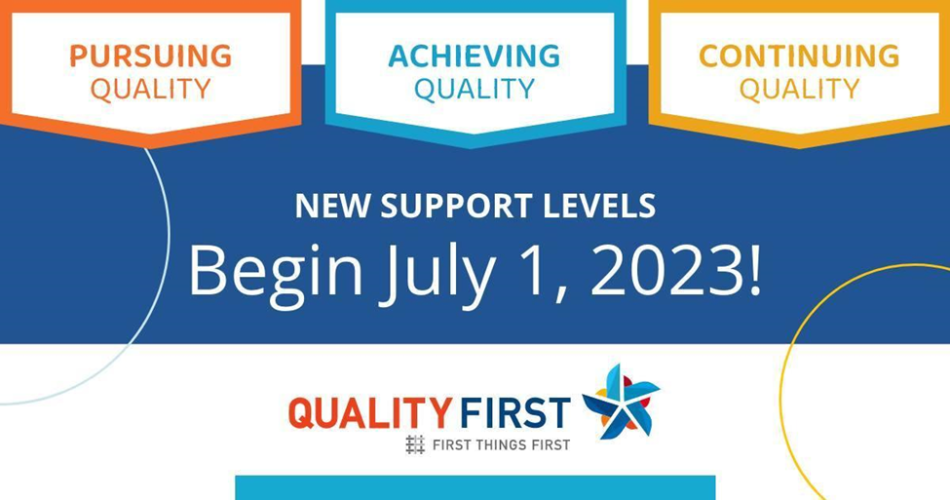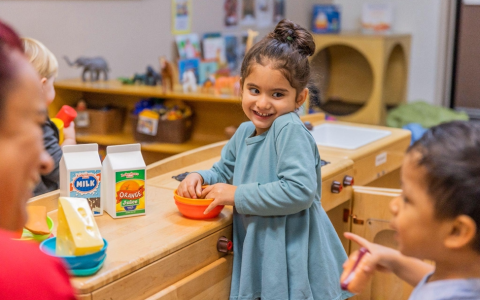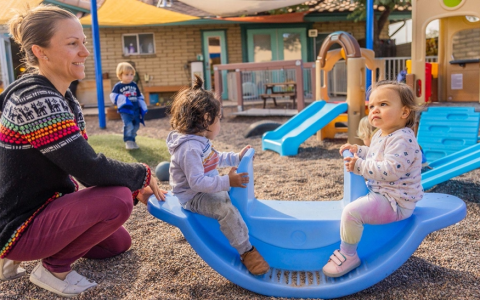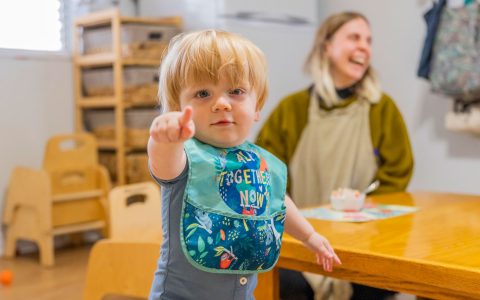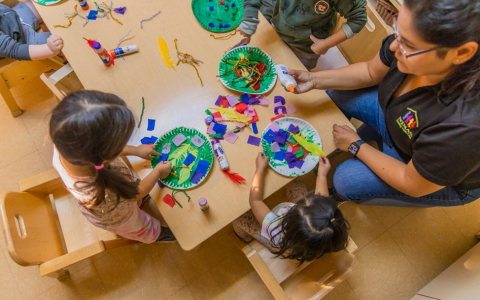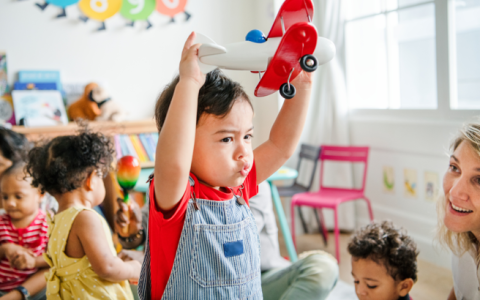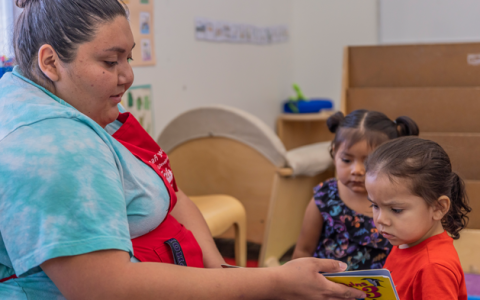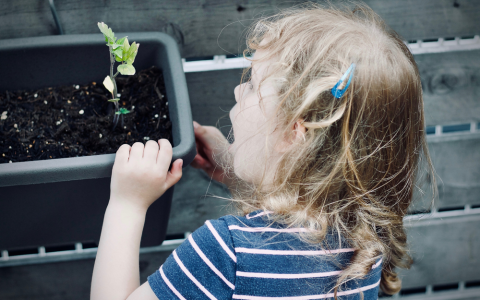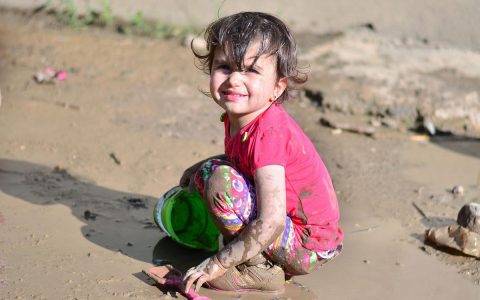Quality First Blog, Tips and Inspiration
Free inspiration and resources are just an added bonus. Helping you is just what we do. See the latest blogs, tips and research on how you can provide the highest-quality care and improve your early learning setting.
To receive inspiration directly to your inbox, sign up for our newsletter today.
VIEW ALL
New Levels of Support to Meet You Where You Are As an early childhood educator, you know that each child has their own unique learning needs. You meet each child where they are and provide the support to help them develop, grow and learn to their fullest potential. At Quality First, our goal is to
In Quality First, we use the VISION model to guide the quality improvement journey and the process of quality improvement coaching. This is the sixth in a series about the stages of the VISION model. If you haven’t already, check out our blogs on vision casting, investigating current practices, setting goals, and implementing action steps.,
We use the VISION model in Quality First to guide the quality improvement journey. This is the fifth in a series about the six stages of the VISION model. If you haven’t already, check out our blogs on vision casting, investigating current practices, setting goals, and implementing action steps. As you work through the action
In Quality First, we use the VISION model to guide the quality improvement journey. This is the fourth in a series about the six stages of the VISION model. If you haven’t already, check out our blogs on vision casting, investigating your current practices, and setting goals. Once you’ve identified your big-picture vision, reviewed your
In Quality First, we use the VISION model to guide the quality improvement journey, and every journey needs a roadmap. In this third stage, you’ll focus on setting goals and creating action steps for quality improvement. This quality improvement plan is your roadmap. It outlines your goal (your destination), and the action steps you’ll take
Before beginning a journey, you need to know where you’re starting. In Quality First, we use the VISION model to guide the quality improvement journey. The second stage in the model focuses on investigating current practices. In this stage, you’ll gather information about children’s daily experiences in your program. (To learn about the first stage,
Supervision is key to keeping children safe in an early learning setting with lots of activity. Active supervision means watching, listening and observing children at all times throughout the day. Read on for five strategies for active supervision. Set up your space for supervision – Is your space arranged so you can easily see and
A Quality First assessment provides feedback to recognize your program’s unique strengths and help you set goals for quality improvements using objective, research-based tools. Formal assessment is a regular part of participating in Quality First, but an informal assessment is also offered to all regulated early care and education providers in Arizona, whether your program
Now more than ever, we are becoming aware of how our choices affect the environment, our health, and the health of our communities. As early childhood professionals, we are leaders who can make a difference in the health of our environment. Through earth-friendly actions, we can improve health, teach respect for nature, and save money,
Think back to your earliest memories of mud. Did you make mud pies in your imaginary outdoor kitchen? Poke at it with a stick? Jump in a puddle and feel the mud squish and splash under your feet? Mud is one of childhood’s simple joys. And it’s also a great learning tool. We spoke with
